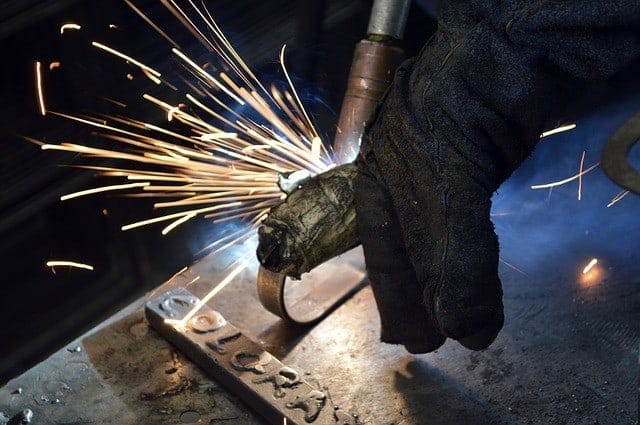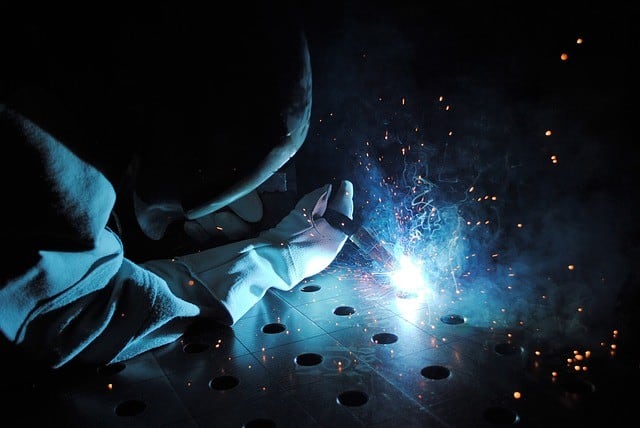Naturally, the end goal of any welding project will be to provide the customer with a high-quality product, whilst also carefully managing costs to keep the project profitable. However, missed or defective welds can have a huge impact on both of these factors. Not only can they cause safety issues, but they will also need to be replaced- big costs that will be your responsibility to cover. That’s why it’s extremely important to detect these issues as early as possible. Luckily, there’s a solution that can help- proper welding information management systems.
Ideally, you will want to identify a missed or defective weld as early as possible. That way, you can fix the problem while the welders are still working on the affected area, so that you don’t waste any time or money unnecessarily. A missed weld is a simple fix, and comes at a minimal cost. On the other hand, a defective weld is a little more complicated to put right. The weld will need to be removed and reworked, and this can cost 2-3 times the original fabrication costs. However, that amount pales in comparison to how much a failure in the field or liability claim could cost you if it’s left unresolved, so it’s best to fix things at this early stage.
The longer you leave things, the more complicated it becomes to fix a defective or missed weld. For instance, if the operation involves sub-assembly requirements, and the issue isn’t spotted until the parts are to be put together, then you’ll need to move the part back to the weld cell- an expensive and time-consuming process that will delay the entire project. Even worse, it the issue goes unnoticed until the end customer spots it, then it could even lead to warranty claims. Not only will you have to cover all the costs of removing or replacing the affected item, but it can also have a huge impact on your reputation, especially if this is an issue that happens multiple times. Ultimately, it’s your responsibility to stop this from happening, to keep your company profitable and uphold your reputation.

So, how do you take action against missed or defective welds? For some companies, a simple, visual-based quality control process might be enough. When small, uncomplicated parts are involved, then it’s easy to tell at a glance whether there is an issue that needs to be fixed. However, that approach may not be enough when one is welding larger, more complex parts. In these cases, it’s a smart move to invest in advanced welding information management systems. These systems gather a variety of weld data electronically, and then process that data to determine if there is a defective weld that needs to be replaced. By working in real-time, they allow welding operators to quickly act on an issue, and resolve it as quickly as possible. That way, no time or money is wasted, and you won’t run into any issues further down the line. More advanced systems can even issue a warning, or disable the welding gun entirely, if the welder goes outside of the acceptable threshold.
Such systems typically cost between $1,000 and $3,000. This cost, though, is nothing compared to the costs of having to repeatedly fix defective and missed welds at a later stage, where they are much more complicated to put right. Companies which frequently weld large and complex pieces should therefore seriously consider investing in one of these advanced welding management systems. Not only will you save time and money, but you’ll also be able to ensure your company upholds a strong reputation for always getting things right the first time around.
Having the right equipment on any project can make significant difference. Read reviews of the best mig welders, welding helmets and more before purchasing to ensure you are getting high quality products.






